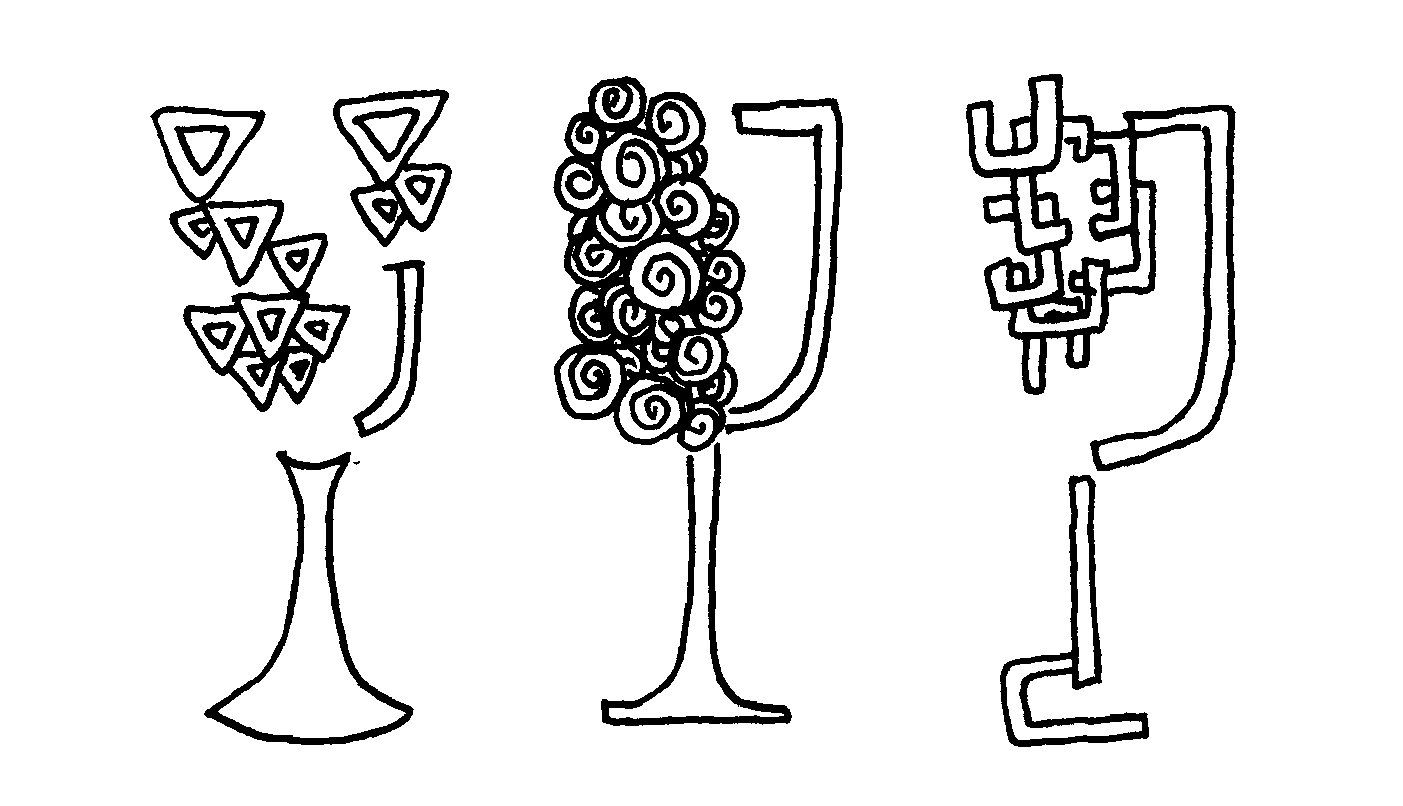Wine Is All About "Structure." What Is It?
Do you know why you like a certain wine?
Do you know whether you like a wine with mouth-drying tannin or Warhead-like acid? Do you like full, luscious body or light as a cloud?
Sometimes, whether you know it or not, your preference for a wine might have more to do with the wine’s structure than whether it tastes like fresh juicy strawberries or your grandma’s attic.
WTF is the “structure” of a wine?
A wine’s structure refers to everything that is *not* it’s flavor. Here are the four main components that make up a wine’s structure:
⚡️ Acid
Imagine sucking on a lemon. It activates those salivating glands; that’s the acid. Lots of acid makes a wine tart, zippy, and zingy. Low acid makes it taste round and soft. It’s like the difference between a barely ripe strawberry (high acid) and watermelon (low acid).
🍇 Tannin
This is the stuff that gives you cottonmouth (and is found in red wine only!). A high tannin wine will suck all the moisture from your mouth and dry it out completely. The tannins will stick to your teeth, lips, gums...like sandpaper. A low tannin wine will taste juicier and will be more chuggable, chillable, and refreshing (and more akin to a white).
🥛 Body
This is the weight of the wine in your mouth. Imagine the difference between skim milk, whole milk, and heavy cream. A full-bodied wine will coat your mouth and feel heavy or oily. A light-bodied wine will be light as a cloud, like barely there.
🍭 Sweetness (or fruitiness)
Most of the time (unless you’re drinking a dessert wine), the “sweetness” you perceive in wine isn’t sugar, but the intensity of the fruit flavor. Low tannin and low acid will also allow the fruit flavor to come out more and make the wine seem sweeter. If you like that “sweetness,” it’s more accurate to ask for a wine that is “fruity.”
So then how am I supposed to taste wine??
Next time you are tasting a wine, think less about what flavors you taste. Instead, try and analyze the wine according to the above four factors. Most of this will have to do with how the wine feels in your mouth. It will help to do a lot of sitting with the wine in your mouth and swishing it around.
Here are a few specific steps and questions that will help you get the hang of it.
Sit with the wine in your mouth for a few seconds. Then swish it around a bit.
❓Does it feel heavy (like whole milk)? Or light and airy (like water)?
❓Does it linger on your tongue and cheeks after you swallow or does the weight of it disappear quickly?
👉 The heavier it feels and longer it lingers, the more full bodied it is. If it feels light and airy and disappears fast, it is light bodied.
Now swish the wine in your mouth again and swallow.
❓Does it make your salivating glands go crazy?
👉 If you’re drooling a lot or the wine feels very sharp, sour, or tart (like you are sucking on a lemon), this will tell you that the wine has high acid.
For reds and orange wines only (not whites): Swish the wine in your mouth again.
❓How much does your mouth dry out?
❓Does it feel like moisture is being sucked out of your mouth?
❓Does it feel sandpaper-y or like you have cotton-ball mouth?
👉 The drier your mouth is, the more tannin that wine has.
Lastly—this one does cross over a bit into flavor…
❓Does the wine taste sweet?
👉 Most of the time, this sweetness is not actually sugar, but intense fruity flavor.
👉 To tell the difference, plug your nose and then put the wine on your tongue where your sugar receptors are. If you can sense a sweetness, it is sugar. If you can’t taste anything, then that “sweetness” is not actually sugar, but fruit flavors (which are technically aromas) that your brain perceives as sweet.
As you go through these steps, take notes!
👉 Pay attention to what the structure of the wine is and how much you do or don’t like it.
👉 This will help you next time you are shopping for a wine. If you dislike that drying sensation, ask for a low-tannin red. If you don’t like that intense fruitiness, ask for one that is less fruity and more earthy.
There you have it, folks! You got this! What other questions do you have about a wine’s structure? Post in the comments below!











Depending on what your Thanksgiving looks like it could include an array of different food menus. What if I told you I had a magic wand that could make one wine pair with (nearly) every single food item imaginable?